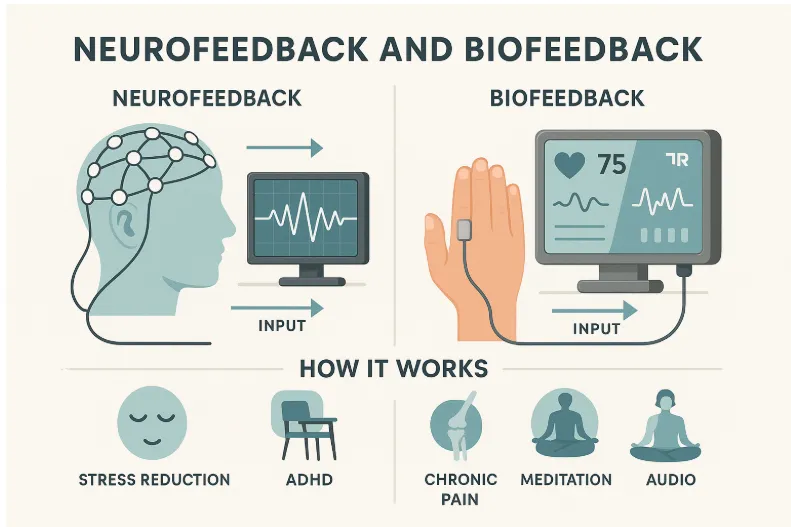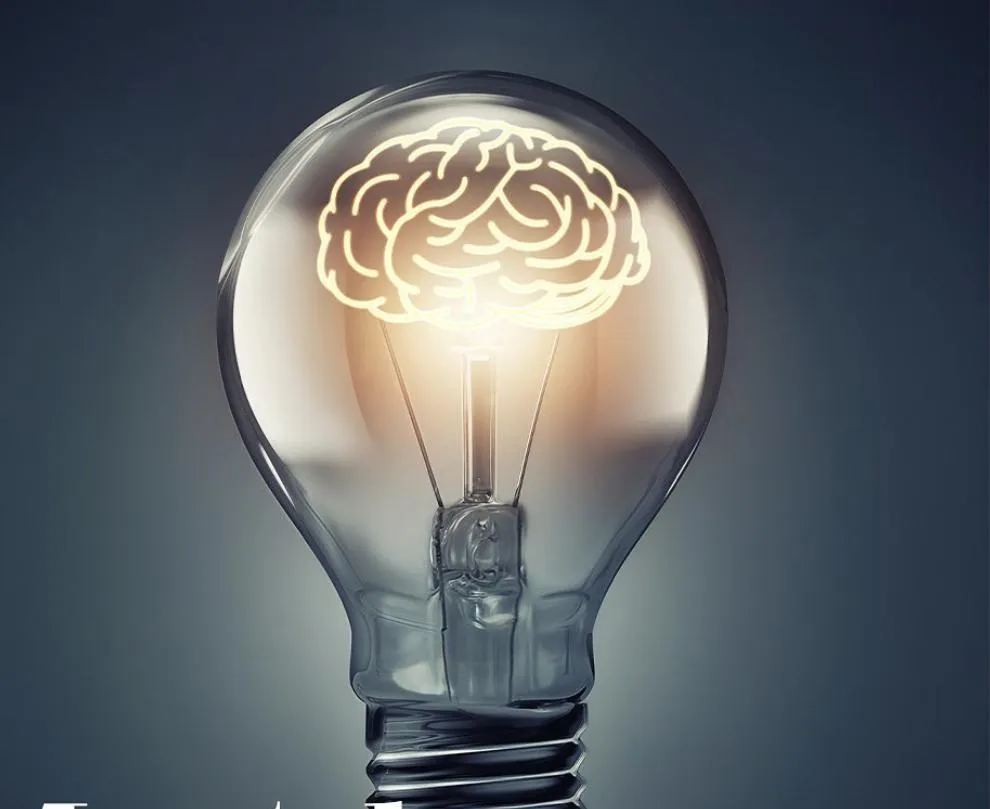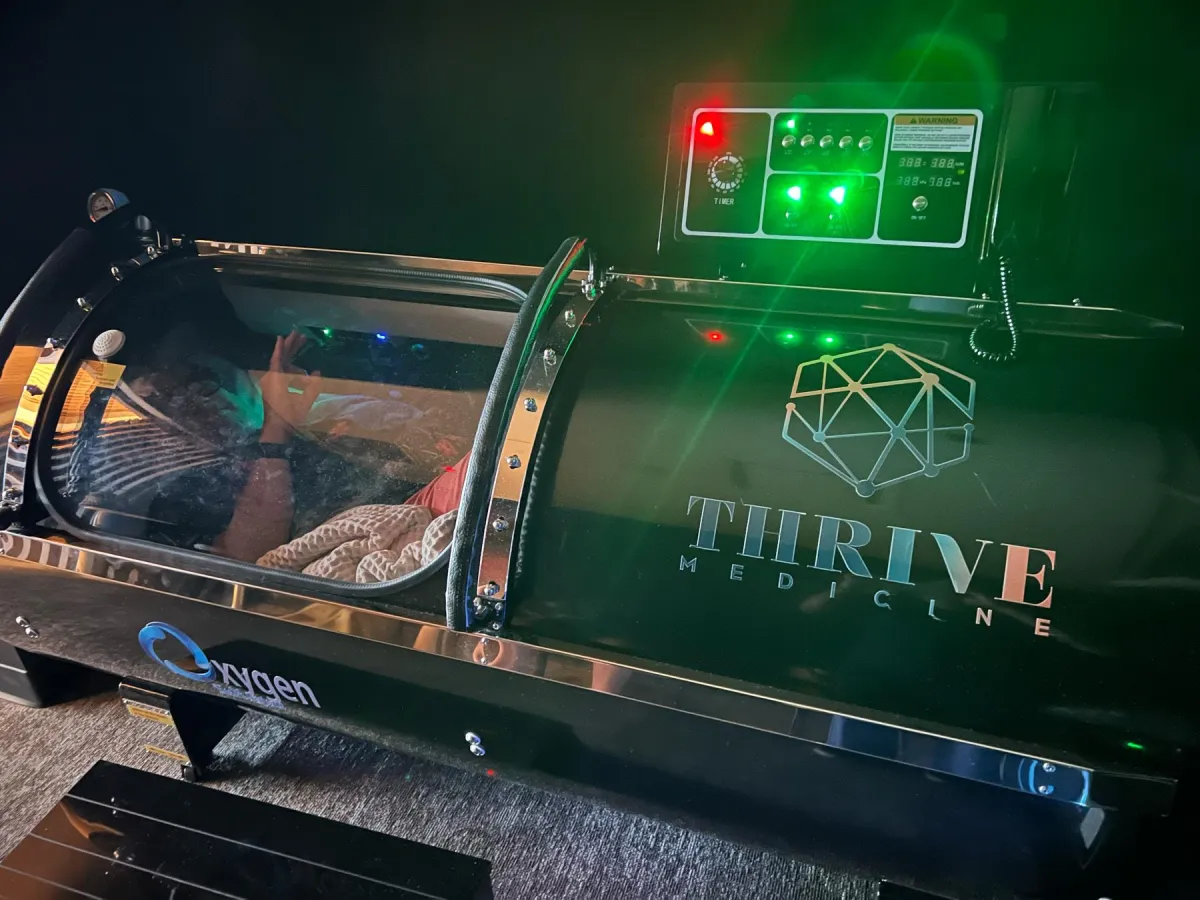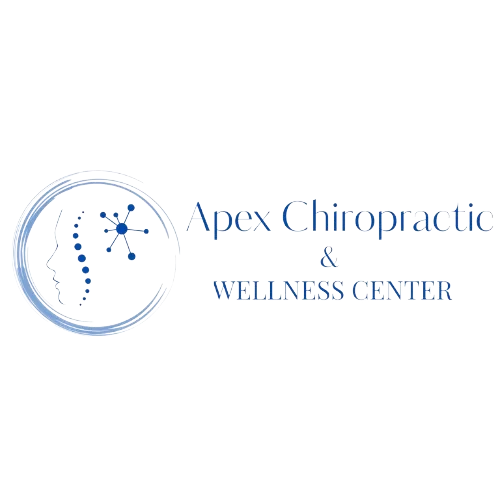Hyperbaric Oxygen Chamber
Revitalize Your Lungs and Tissues with Hyperbaric Oxygen Chambers
Neurofeedback vs Biofeedback: Key Differences Explained

Understanding neurofeedback vs biofeedback key differences is essential for anyone considering advanced wellness therapies. Both approaches rely on real-time monitoring to help individuals regulate physiological responses, yet they focus on different systems of the body and mind.
At Apex Chiropractic & Wellness Center, we provide clear insights into how neurofeedback, which centers on brainwave activity, compares to biofeedback, which monitors broader physiological functions. By knowing these distinctions, you can make informed decisions about which therapy best aligns with your health goals, whether you are seeking improved mental clarity, stress management, or overall well-being.
Foundations of Neurofeedback and Biofeedback
Neurofeedback and biofeedback have become valuable tools in mental health care, offering non-invasive ways for patients to build greater control over their bodies and minds.
Neurofeedback trains the brain using EEG-based technology to monitor brainwave activity. Patients can reshape how their brain responds to stress, attention challenges, or emotional difficulties.
Biofeedback monitors physiological functions such as heart rate, muscle tension, and skin response. Patients learn to reduce stress and regulate body responses by receiving real-time feedback from specialized devices.
Both therapies are used to address conditions like stress, anxiety, depression, and ADHD. By integrating these approaches, Apex Chiropractic & Wellness Center highlights how neurofeedback and biofeedback can work individually or together to support lasting improvements in mental health and overall well-being.
In addition to mental health care, these methods are sometimes applied in physical rehabilitation and pain management programs. Athletes use biofeedback to fine-tune performance, while patients with migraines or chronic pain may turn to neurofeedback for relief. Their broad applicability demonstrates how these therapies bridge the gap between mind and body, making them adaptable to a wide range of patient needs.

How Neurofeedback Uses Brainwave Training
Neurofeedback is a brain-based therapy that helps patients gain control over their neurological patterns. Using painless EEG sensors placed on the scalp, clinicians monitor brain electrical activity in real time. This feedback allows patients to see how their brain responds to specific tasks or stimuli and to practice shifting toward healthier brainwave patterns.
At Apex Chiropractic & Wellness Center, brain mapping is often the first step. This process identifies areas of the brain that may benefit from targeted training. During therapy sessions:
Patients may watch a movie or play a game that changes based on their brainwave activity.
When optimal patterns are produced, the visual or audio feedback runs smoothly.
When less optimal signals occur, the feedback distorts, guiding the brain to self- correct.
This real-time training builds long-term resilience by reinforcing healthier brainwave activity. Many patients with ADHD, anxiety, or chronic stress report noticeable improvements in focus, mood, and emotional regulation after consistent sessions. Neurofeedback empowers individuals to retrain their brain, creating lasting skills that extend beyond therapy into everyday life.
Another benefit of neurofeedback is its ability to offer personalized care. Because brainwave patterns vary from person to person, sessions can be tailored to individual goals, whether improving sleep, reducing impulsivity, or strengthening emotional balance. Over time, patients often describe a greater sense of clarity and calm, which supports overall quality of life.
Biofeedback for Managing Stress and Physiological
Responses

While neurofeedback focuses on the brain, biofeedback measures and trains the body’s physical reactions. This therapy helps patients recognize how stress, anxiety, or tension affect their bodies and teaches strategies to regain control.
During biofeedback sessions at Apex Chiropractic & Wellness Center, sensors track signals such as:
Muscle tension through electromyographic biofeedback
Skin response using galvanic sensors that reflect stress levels
Heart rate variability for understanding relaxation and recovery patterns
The data is displayed in real time on a screen, allowing patients to see the impact of their breathing, relaxation, or stress-management techniques. Over repeated sessions, patients build awareness of their physiological responses and gain the ability to consciously reduce tension, lower stress, and improve overall well-being.
By mastering control of these subtle bodily processes, patients often experience benefits such as reduced anxiety, fewer stress-related symptoms, and greater relaxation. Biofeedback is especially valuable for those seeking a natural, drug-free approach to stress management and physical recovery.
Beyond stress reduction, biofeedback can be useful in managing conditions like hypertension, migraines, or even digestive issues linked to stress. The training empowers patients to use techniques like paced breathing or guided relaxation outside of therapy sessions, creating long-lasting improvements in daily life.
Comparing Neurofeedback and Biofeedback

Though both therapies use feedback and training, their core differences lie in their focus and technology:
Target area
Neurofeedback: brainwave activity and brain electrical patterns
Biofeedback: physiological signals like muscle tension, skin response, and heart rate
Session experience
Neurofeedback: EEG sensors on the scalp with visual or audio cues tied to brain activity
Biofeedback: body sensors that measure stress or relaxation responses displayed on a monitor
Therapeutic outcomes
Neurofeedback: supports mental health conditions such as ADHD, anxiety, depression, and stress regulation
Biofeedback: helps manage stress, muscle pain, physical recovery, and relaxation techniques
Both therapies encourage patient participation and empower individuals to take control of their health. The choice often depends on whether the focus is on retraining brainwave patterns or addressing body-based responses to stress
Another way to think about the difference is in terms of scope. Neurofeedback is highly specialized, focusing exclusively on brain function. Biofeedback, in contrast, offers a broader look at multiple systems in the body. For patients uncertain which approach to choose, an initial consultation can clarify whether their goals are neurological, physiological, or a combination of both.
Choosing the Right Therapy for Your Needs
Selecting between neurofeedback and biofeedback depends on your health goals and the conditions you want to address.
Choose neurofeedback if your priority is improving mental health, focus, or emotional regulation. It is especially suited for ADHD, anxiety, and mood-related challenges.
Choose biofeedback if you are looking to reduce muscle tension, manage stress, or gain greater control over physical responses such as heart rate or skin conductivity.
Other considerations include comfort with devices, session style, and whether remote neurofeedback options are appealing. Both therapies are offered by trained practitioners at Apex Chiropractic & Wellness Center, where treatment plans are tailored to each patient’s unique needs.
Taking the time to understand the distinctions between neurofeedback and biofeedback empowers you to make informed decisions for your health and wellness journey.
It can also be helpful to consider your lifestyle and long-term goals. For instance, individuals with high-pressure jobs may benefit from biofeedback’s relaxation strategies, while those with attention challenges may find neurofeedback more effective. Whichever path you choose, both therapies promote self-awareness, resilience, and proactive involvement in your own healing process.
Begin Your Wellness Journey with Apex Chiropractic & Wellness Center
At Apex Chiropractic & Wellness Center, we specialize in both neurofeedback and biofeedback therapies to support patients seeking natural, non-invasive ways to improve mental and physical health. Whether your goal is better focus, reduced stress, or overall balance, our team provides personalized care designed to help you succeed.
Schedule a consultation today to discover whether neurofeedback or biofeedback is right for you. Let us guide you toward improved mental clarity, resilience, and lasting wellness.
TRUSTED BY OUR COMMUNITY
We’re very proud of the service we provide, and the feedback we get from patients is fantastic.
We’re very proud of the service we provide, and the
feedback we get from patients is fantastic.


Begin your journey to a thriving life today with Apex Chiropractic & Wellness Center's holistic health services in Lancaster—your future self will thank you.
Office Hours
Monday - Friday
9apm-5pm
Sat & Sun
closed
All Rights Reserved © 2025 | Apex Chiropractic & Wellness Center
Powered by: HBOT Revolution
